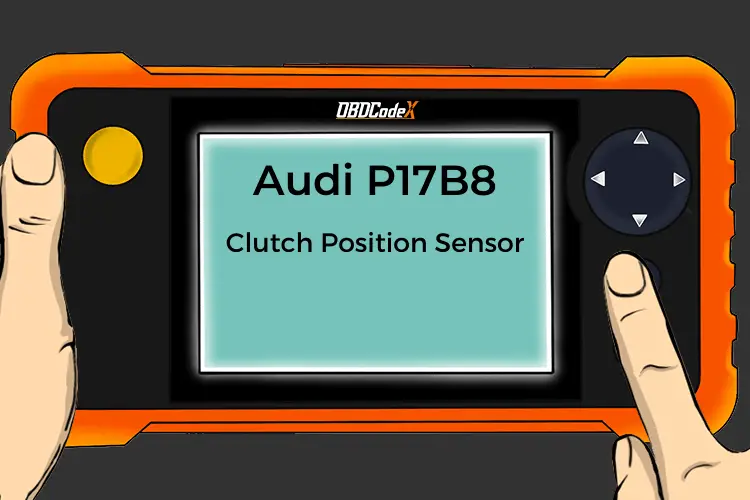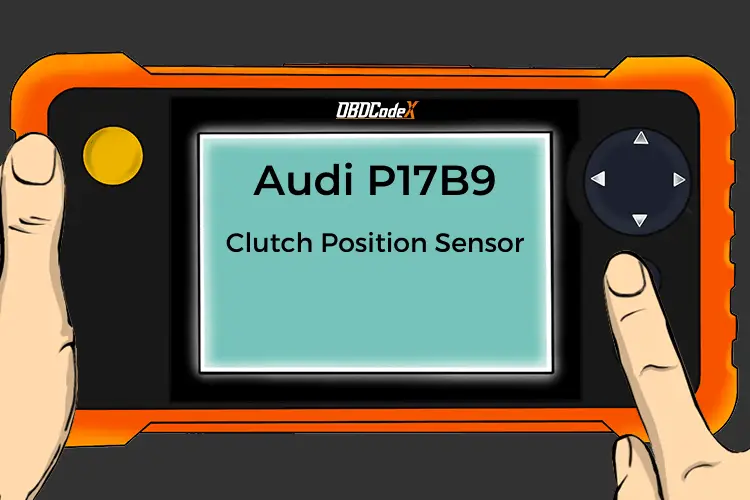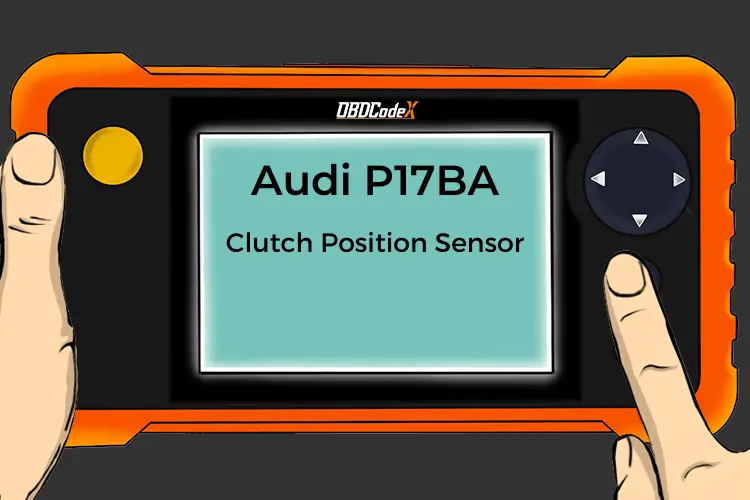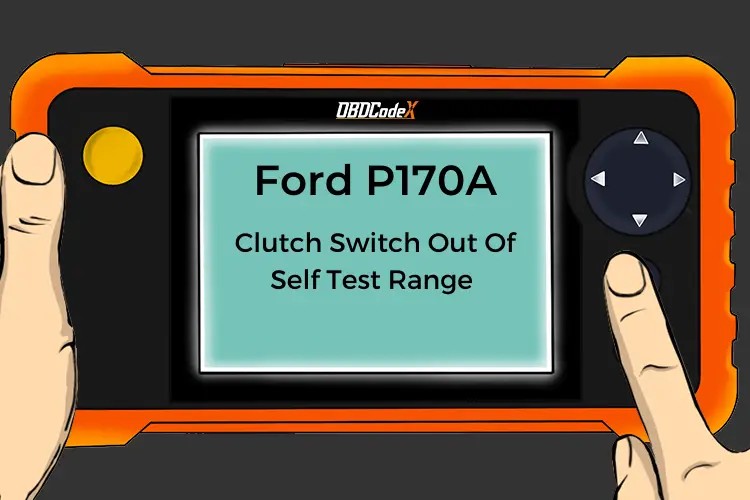P0704: Clutch Switch Input Circuit Malfunction
Is your scanner showing P0704?
No worries. We'll show you what it means and how to deal with it.
P0704: Clutch Switch Input Circuit Malfunction
OVERVIEWWhat Does The P0704 Code Mean?
If a code P0704 has been stored in your OBD-II vehicle, it simply means that the powertrain control module (PCM) has detected a malfunction in the clutch switch input circuit. This code is applicable to vehicles equipped with manual transmissions, exclusively.
Certain manual transmission functions are electronically monitored by the PCM. Shifter position and clutch pedal position are among these functions. In some models, the turbine input and output speed are also monitored to determine the degree of clutch slippage.
The clutch is a mechanical coupling that links the engine to the transmission. In most cases, it is operated using a rod (with a foot pedal on the end) that pushes in the plunger of a firewall mounted hydraulic clutch master cylinder. When the clutch master cylinder is depressed, hydraulic fluid is pushed into the (transmission mounted) slave cylinder.
The slave cylinder actuates the clutch pressure plate, allowing the engine to be engaged and disengaged from the transmission as necessary. Some models use a cable operated clutch but this type of system is becoming less common. Depressing the pedal with the left foot disengages the transmission from the engine. Releasing the pedal allows the clutch to engage the engine flywheel, propelling the vehicle in the desired direction.
The primary function of the clutch switch is to act as a safety feature so that the engine is not started with the transmission unintentionally engaged. The clutch switch is designed primarily to interrupt the starter signal (from the ignition switch) so that the starter will not be activated unless the clutch pedal is depressed. The PCM and other controllers also utilize input from the clutch switch for various engine control calculations, automated braking functions, as well as hill-hold and stop-start implementation.
The code P0704 pertains to the input circuit of the clutch switch. Consult your vehicle service manual or All Data (DIY) for component locations and other specific information about this particular circuit as it relates to your vehicle.
What Are The Symptoms Of The P0704 Code?
Symptoms of a P0704 code may include:
- Intermittent or failed engine starting
- Diminished fuel efficiency
- Excessive engine RPM at idle
- Traction control system may be disabled
- Safety functions may be disabled on some models
What Are The Potential Causes Of The P0704 Code?
Potential causes for this code to set are:
- Defective clutch switch
- Worn clutch pedal lever or clutch lever bushing
- Shorted or open wiring and/or connectors in the clutch switch circuit
- Blown fuse or burnt fusible link
- Faulty PCM or PCM programming error
How Serious Is This P0704 Code?
Various drivability, safety, and traction control functions may be interrupted when a P0704 code is stored. This code should be treated as urgent because of that.
How Can You Fix The P0704 Code?
Tools Required
A scanner, a digital volt/ohmmeter, and a service manual (or All Data DIY) for your vehicle are all tools that will be required to diagnose a code P0704.
Step-by-step Guide
A visual inspection of clutch switch circuit wiring is a good place to begin your diagnosis. Test all system fuses and replace blown fuses as required. Load test the battery, check battery cables, and battery cables at this time. Check alternator output as well.
Locate the diagnostic connector, connect the scanner, and retrieve all stored codes and freeze frame data. Write this information down, as it may serve you in further diagnosis. Clear the codes and test drive the vehicle to see if the code immediately resets.
If it does: Use the DVOM to check for battery voltage at the input circuit of the clutch switch. Some vehicles are equipped with multiple clutch switches to accommodate multiple functions. Consult All Data DIY to determine how your clutch switch is laid out.
If the input circuit has battery voltage, depress the clutch pedal and check for battery voltage on the output circuit. If there is no voltage on the output circuit, suspect a defective or misadjusted clutch switch. Make sure that the clutch pivot lever and pedal arm are also mechanically sound. Check for play in the clutch pedal bushing.
If there is voltage present on both sides of the clutch switch (when the pedal is depressed), check the clutch switch input circuit at the PCM. This may be a battery voltage signal or a reference voltage signal, consult manufacturer’s specifications for your vehicle. If there is an input signal at the PCM, suspect a faulty PCM or a PCM programming error.
If there is not a clutch switch input signal at the PCM connector, disconnect all related controllers and use the DVOM to test resistance for all system circuits. Repair or replace shorted or open circuits (between the clutch switch and the PCM) as needed.
Additional diagnostic notes:
- Check system fuses with the clutch pedal depressed. Fuses that may appear normal at first test may fail when the circuit is placed under a load
- Often a worn clutch pivot arm or clutch pedal bushing may be misdiagnosed as a defective clutch switch
Recommended Parts
Below are some recommended auto parts to help you address the trouble code affecting your vehicle and get it running smoothly again:
>>> Clutch Switch
>>> Ford Manual Transmission Clutch Pedal Lever & White Idler Shaft Rod Bushing
>>> 12V Auto Waterproof Fuse Relay Box Block Kit
>>> Twippo 372Pcs Waterproof Wire Connectors Kit
>>> Autel Scanner MaxiCOM MK808S
>>> ECU
>>> KAIWEETS Digital Multimeter
Note: During the purchasing process, please check carefully whether the part you want to buy fits your car!
Reference Sources
Diagnostic Trouble Code (DTC) Charts and Descriptions for P0704 – Page 101.




